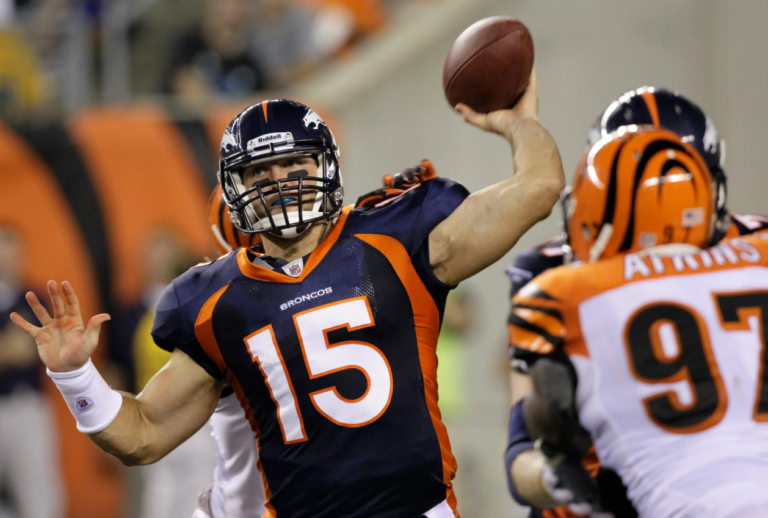About 10 percent of the world’s population is left-handed. But in some sports there is a higher percentage of left-handed athletes. This begs the question, can being left-handed offer an advantage in these sports? In baseball, where “Left-handed fireballers are brought from hell,” the sport is famous for its high preference of left-handed people. The percentage of left-handed pitchers in Major League Baseball is 30 percent, three times higher than that of rest of the population. In American football, where “quarterbacks, nine out of ten, also play baseball at the same time in school,” left-handed quarterbacks have not played for as long as four years since 2015, overshadowing their close relationship with baseball. As such, in the sports world, each sport has a different left-handed ratio for different reasons. Let’s look at sports that are advantageous, disadvantageous, and even not allowed for left-handed people.
“Left-handed people are good for sports.” There are two grounds for supporting this claim. The first is neurological. Most of the visual information is processed in the right brain. Considering that the opposite brain of the dominant hand is more active, left-handed people may have more developed spatial perception skills than right-handed people. Based on this, scholars argued that left-handed people can quickly and accurately grasp visual information during sports events. For example, 30% of fencing and 20% of UFC athletes are left-handed.
The second rationale is the strategic advantage of left-handed people. In interactive sports, that is, in events that exchange offense/defense with opponents, most players are less likely to predict left-handed play because they encounter left-handed opponents significantly less frequently than they encounter right-handed opponents. This effect is said to stand out the shorter the time of exchange between offense and defense.
Baseball is the most popular sport with the left-handed athletes. About 40% of pitchers who were inducted into the MLB Hall of Fame are left-handed. In particular, not only the scarcity of left-handed hitters but also the characteristics of baseball games play a part in the high proportion of left-handed hitters. The batter have an advantage against pitchers who use the opposite hand because the ball comes in from outside the batter’s box, it’s easy to grasp the trajectory. On the other hand, a ball thrown by a pitcher using the same hand flies from behind the batter’s back, so he is struggling due to lack of time to fully observe it. Since about 70% of MLB pitchers are right-handed pitchers, left-handed hitters are likely to gain an advantage in at-bat. Furthermore, left-handed hitters are about 2m close to first base thanks to the characteristics of the baseball stadium where the right fence of most stadiums is shorter than the left. Left-handed hitters have a batting average of 1 to 2 percent higher than right-handed hitters. The scarcity of left-handed pitchers plays a little more role in the left-handed pitcher’s performance, and the speed and trajectory of the left-handed pitcher seems more exaggerated because batters are relatively unfamiliar with left-handed pitchers.
However, some sports do not allow left-handed people. In 1973, the American Polo Association banned the use of left-handed mallets for the safety of horses and riders. If you use different hands to run toward the ball from opposite sides of each other, the horse and rider will be on the same line, increasing the likelihood of a collision. In response, the association stipulated that mallets should be caught with only the right hand so that they could cross each other safely in case of ball competition. Field hockey also allows only right-handed hockey clubs for safety reasons. This is because the striker’s swing trajectory naturally faces the defender when different hands face each other.
By. Sunghun (Mathew) Park


